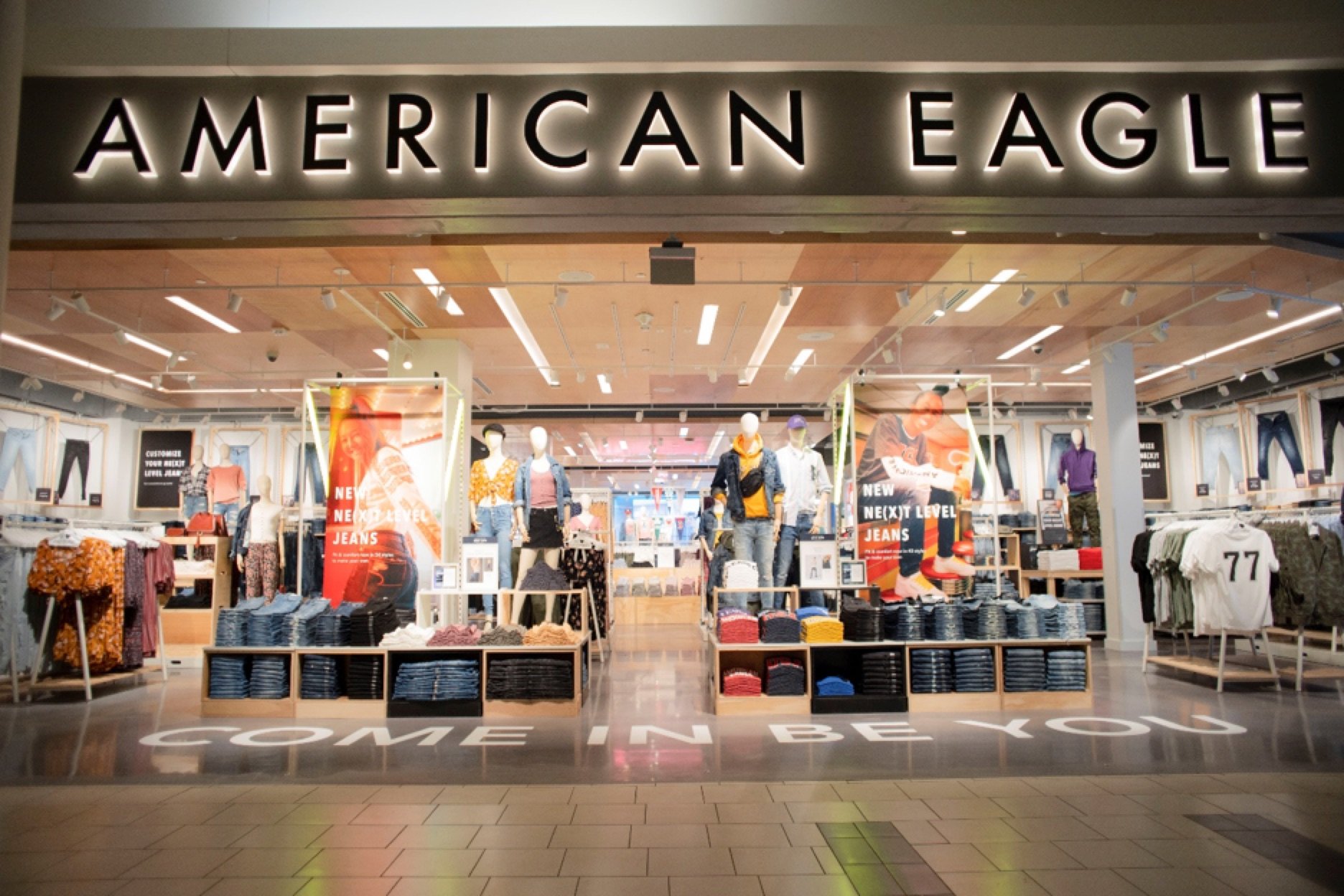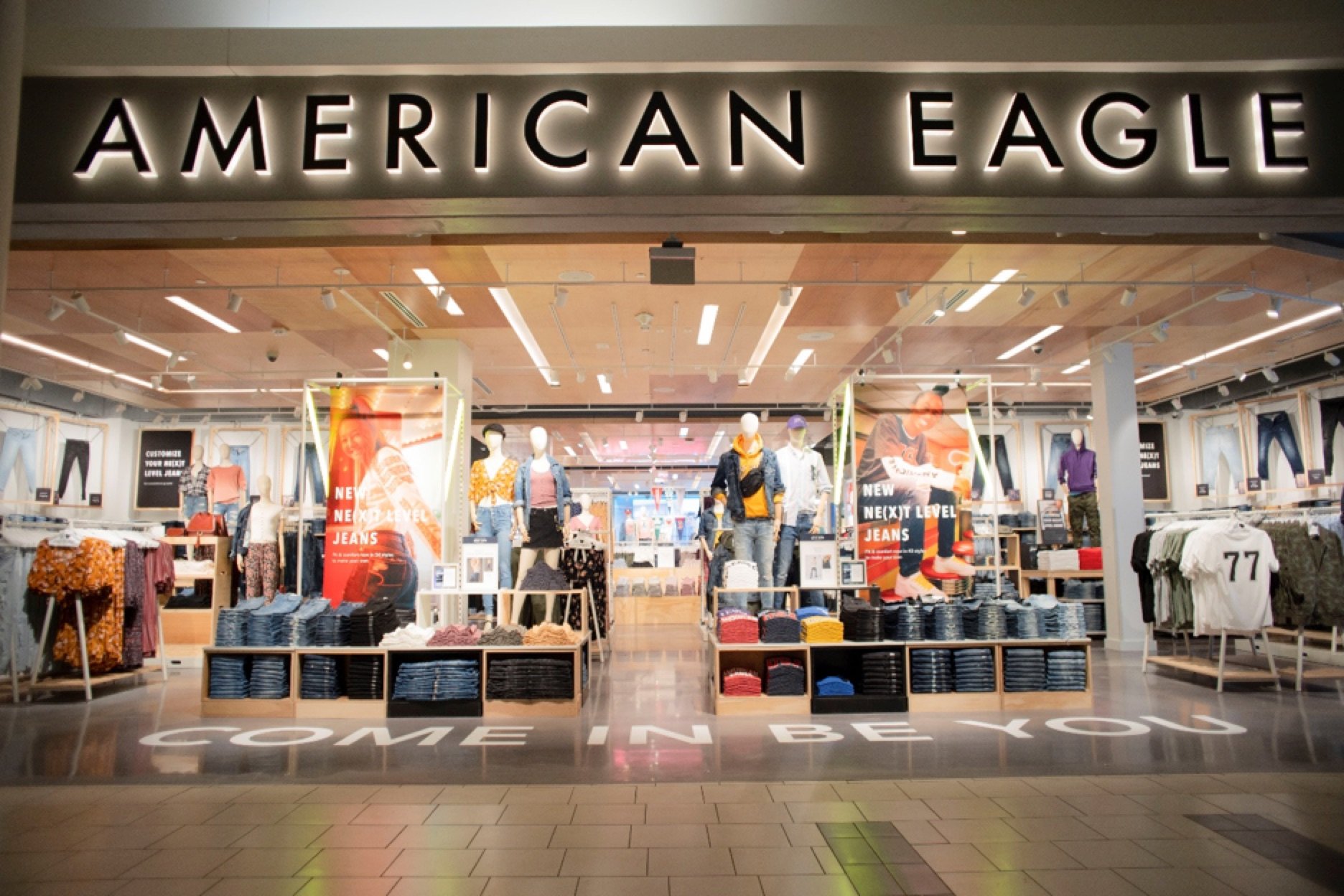Teen retailing appears to be one of the least appealing businesses to be in these days, according to a slew of hard-to-stomach earnings reports and forecasts. For American Eagle Outfitters (AEO 0.04%), there is no exception. The company continues to struggle amid a highly promotional retailing atmosphere while its largely mall-based stores operate as lightly as possible in an effort to mitigate the damage of lost sales. Cost-control lever-pulling helps to keep investors and analysts happy in the short term, but it's no cure for the bigger issues facing traditional teen retailers. Is American Eagle a victim of a tough environment or are consumer preferences changing?
Tough crowd
Selling clothing to teenagers is an incredibly difficult proposition from the get-go. The ever-fickle demographic group will move mountains for a graphic tee one day, only to burn it the next.
For retailers such as American Eagle and its peers, Abercrombie & Fitch, Aeropostale, etc., the 1990s and early 2000s were easy. But for years now, things haven't gone nearly as smoothly. Of course, much of the struggles can be attributed to the financial crisis and the subsequent snail's-pace recovery, but not all retailers are suffering as much as these.
American Eagle saw its same-store sales drop 5% in the recent quarter, with its top-line revenues shrinking 6%. While investors should keep in mind that in the previous year's quarter the company posted a massive 10% same-store sales increase, the latest results remain troubling.
Further down the income statement, things looked much worse as operating profit dropped 52% and net income sank 52% to $61 million -- $0.19 per share versus $0.41 per share in the year-ago quarter. Analysts, luckily, had already expected the number.
Looking ahead, management sees continued same-store sales declines for the final quarter of the fiscal year, and $0.26 to $0.30 per share in earnings (at least $0.25 less than the prior year's numbers).
American Eagle's earnings and forecasts looked a lot like those of the other two retailers mentioned above. The market often (unfairly) punishes short-term results, but American Eagle's declining numbers look more like a longer-term slide than a weak economy-induced blip.
Slow boat
With large gyrations over the past three years, American Eagle's stock has moved little -- down roughly 8%. Management has done a good job of controlling costs while demand remains strained, but there is little to suggest that things will improve down the line. American Eagle's style is a dated one, and the company is simply not connecting with its target demographic. Sure, once the consumer gets its legs back and visits the mall with greater frequency, we will see improvement in American Eagle's sales (along with its competitors), but investors need to ask: What sustainable competitive advantage does the company have today? It used to be superior merchandising ability, but those days may have passed.







